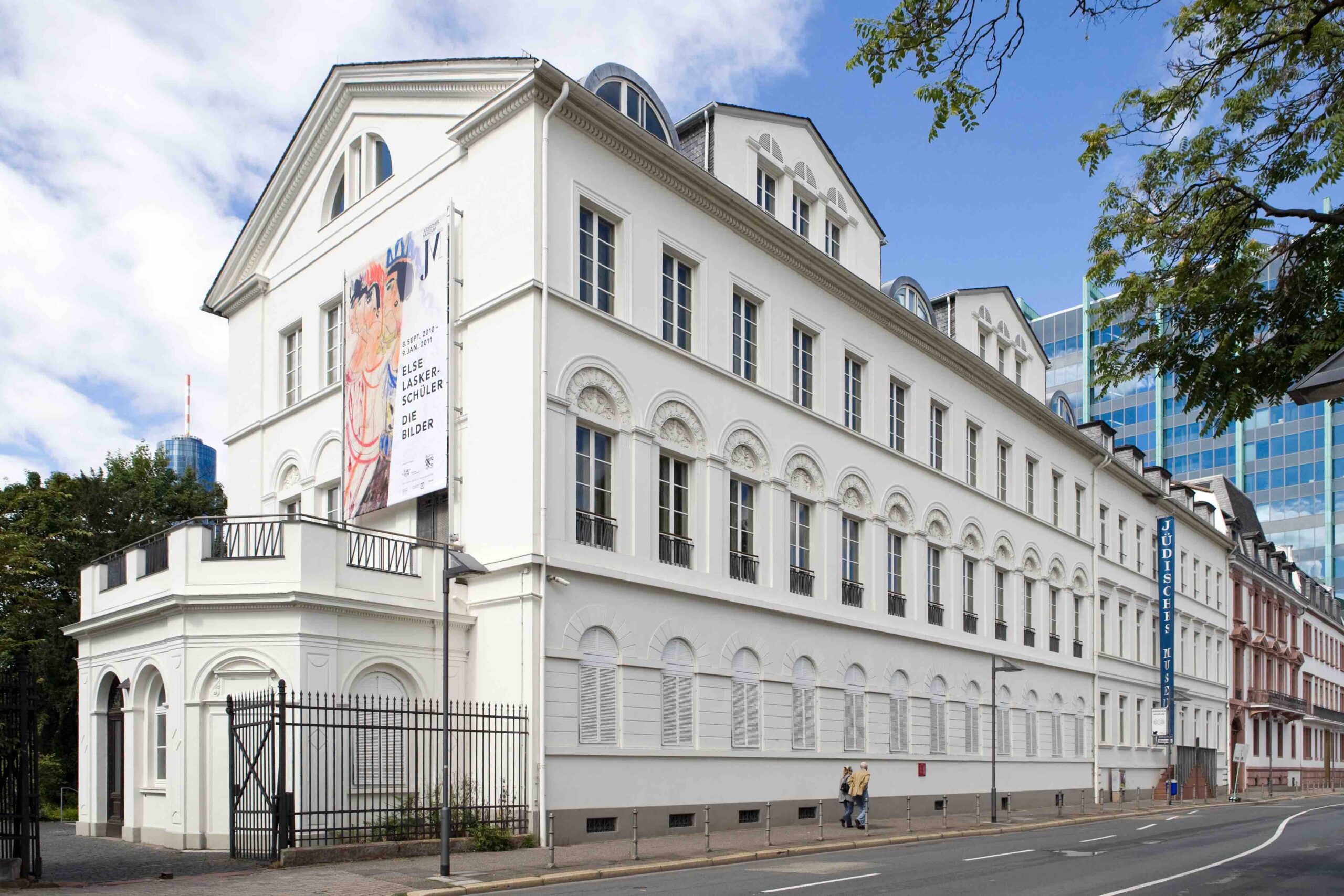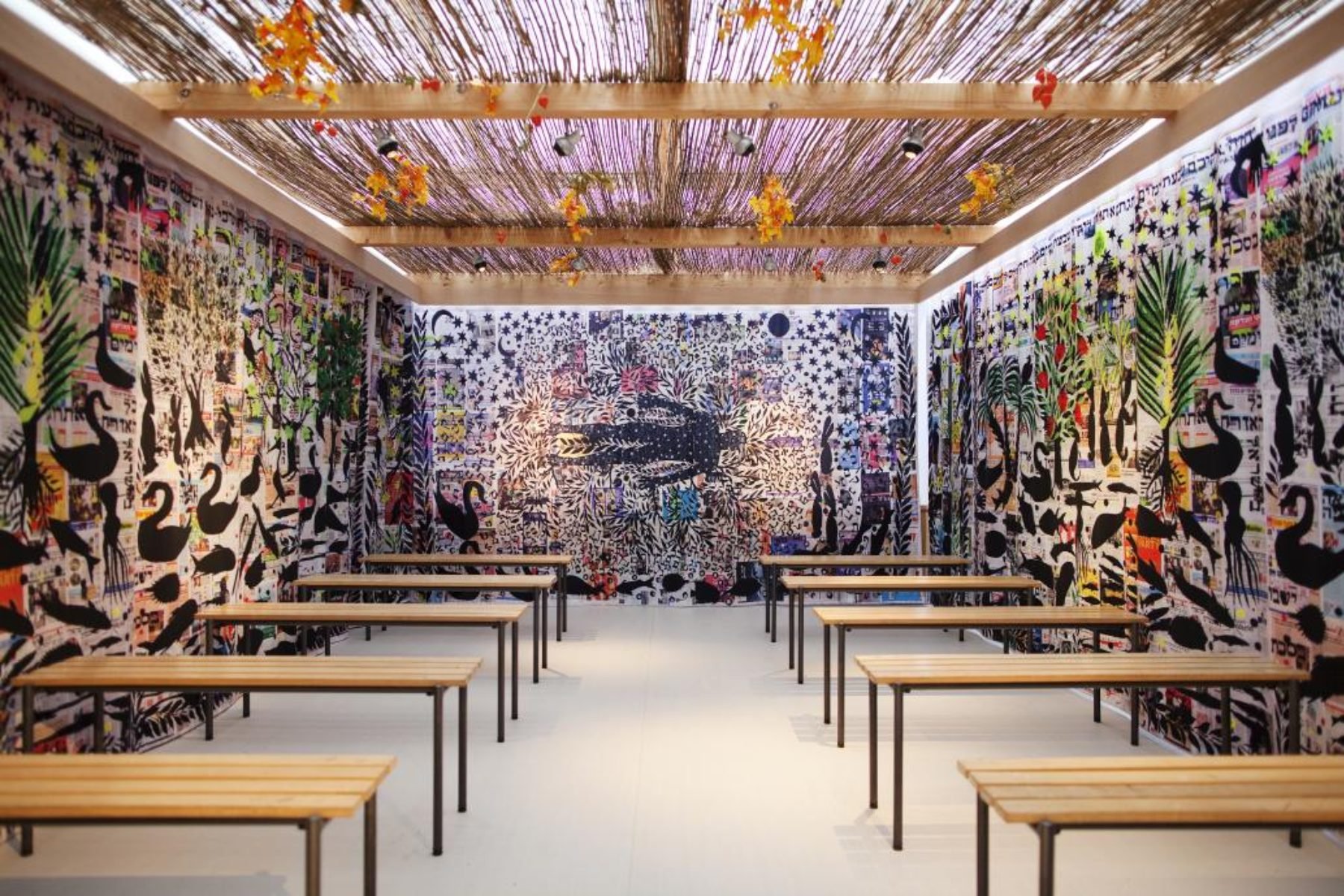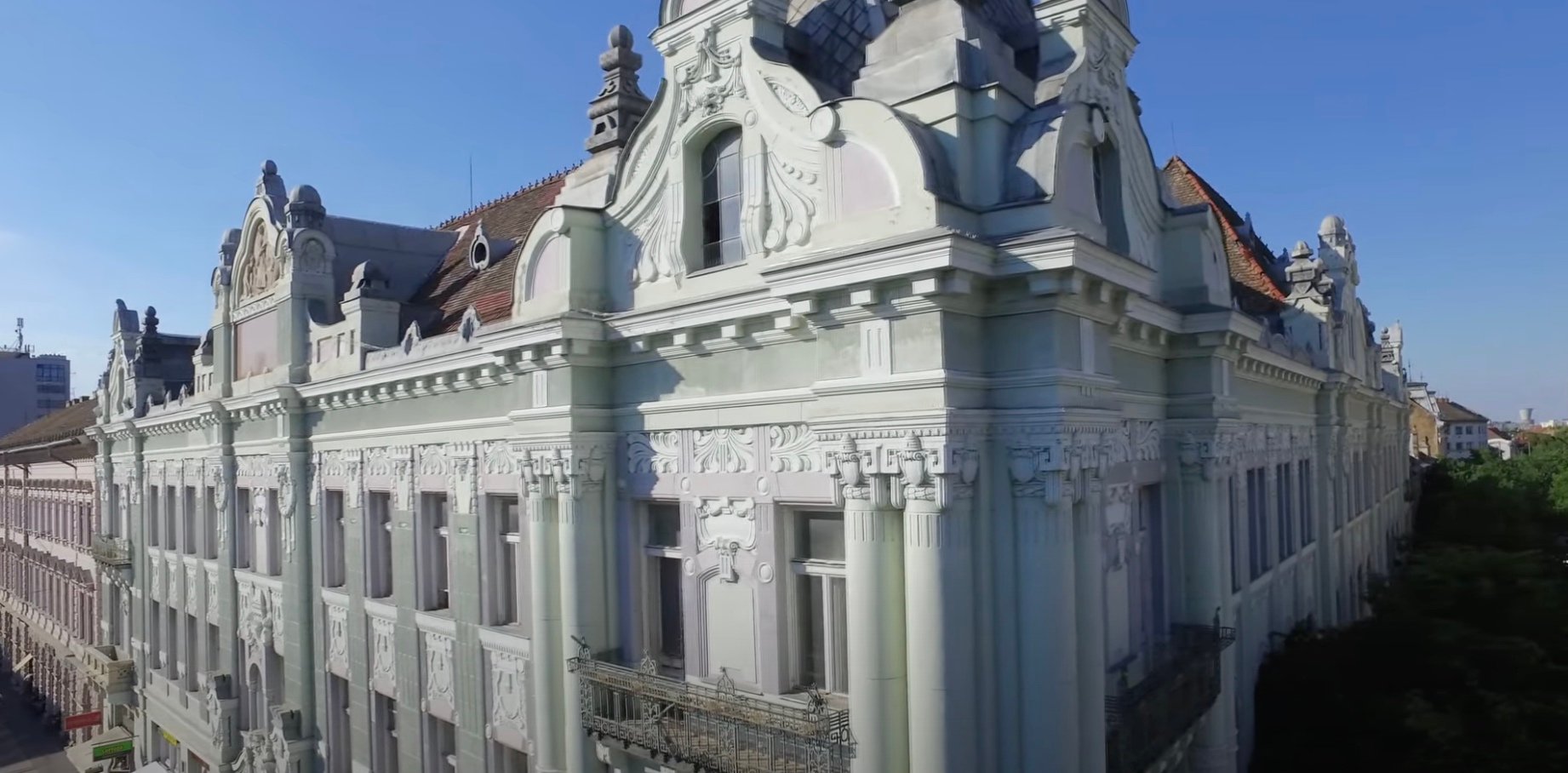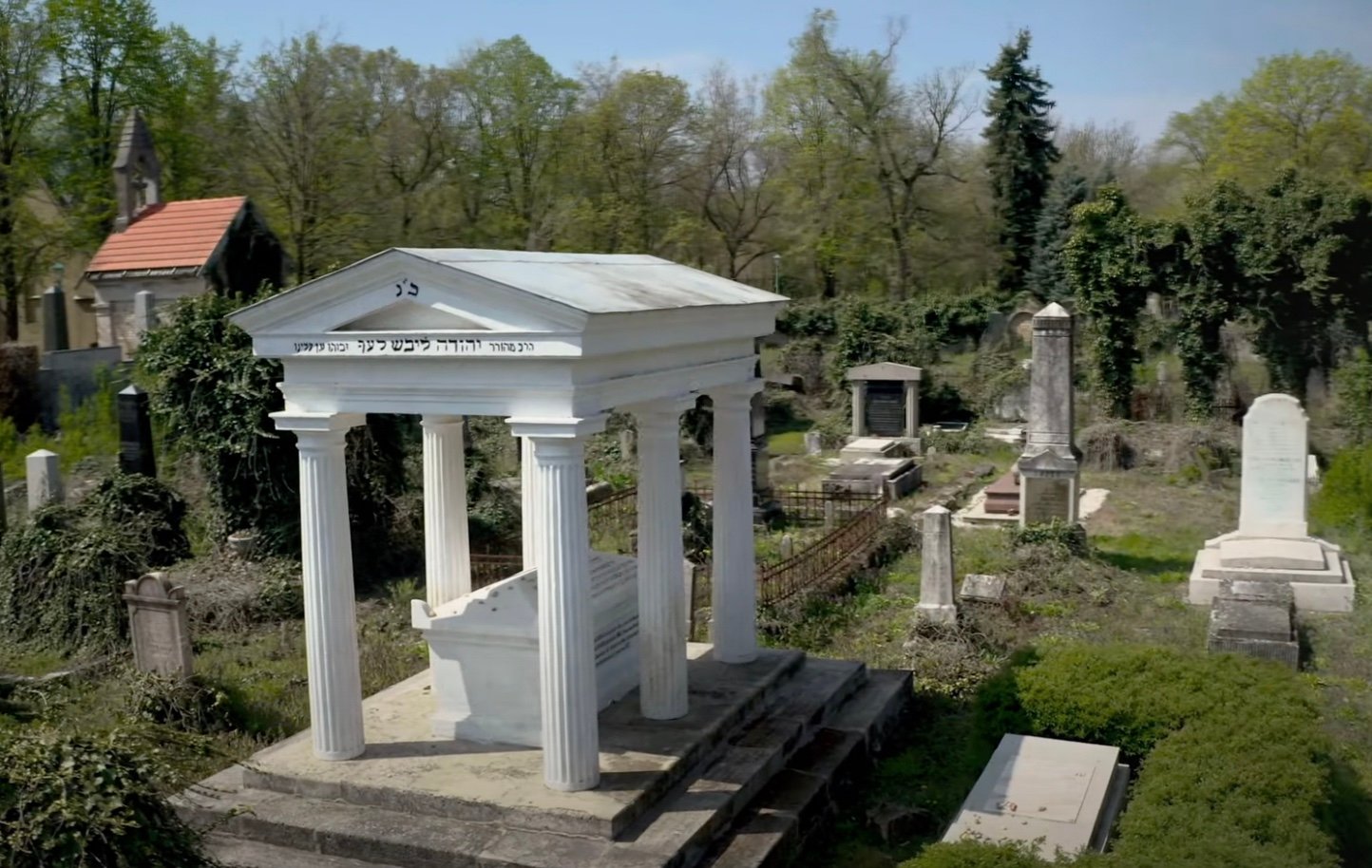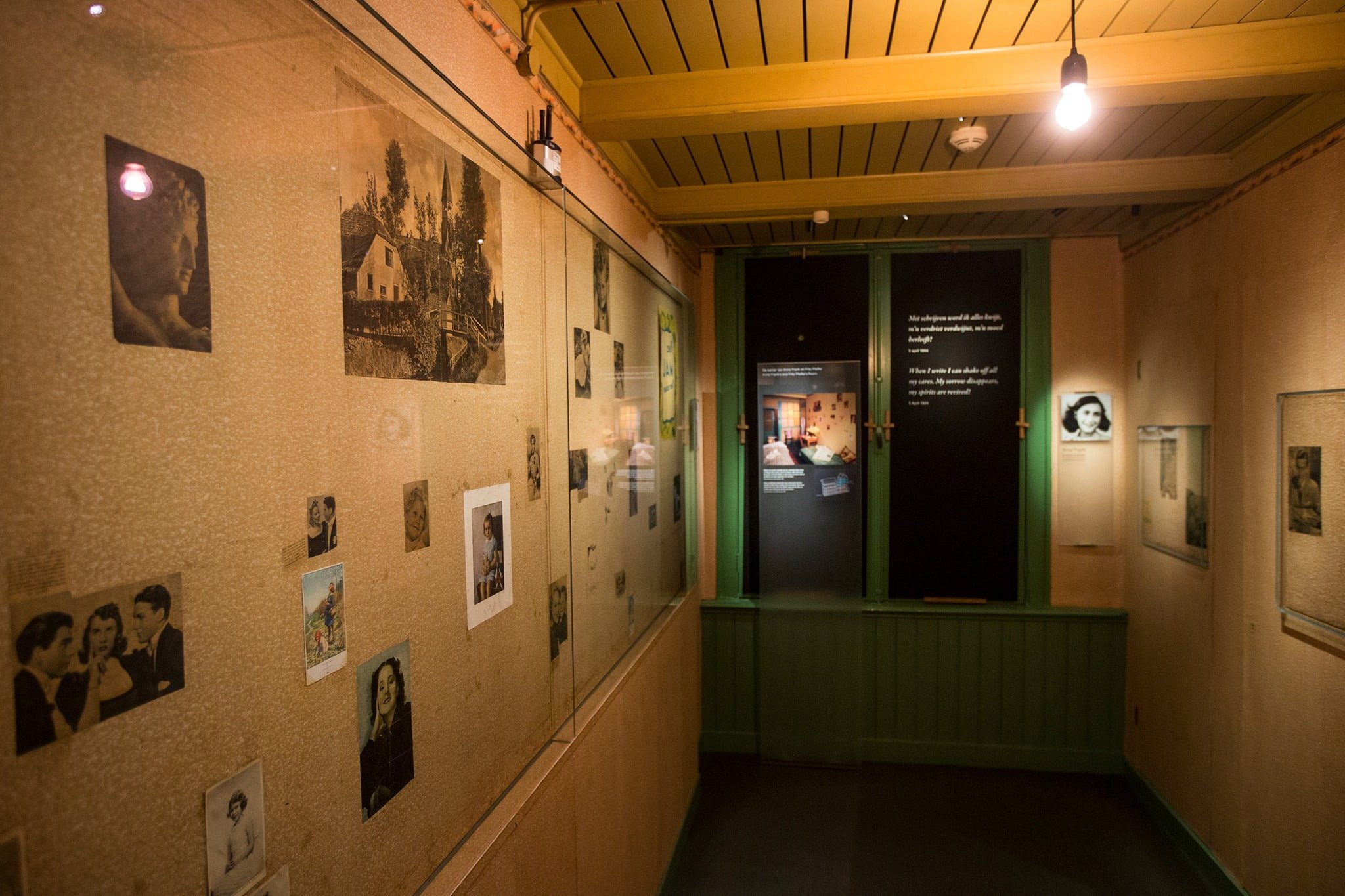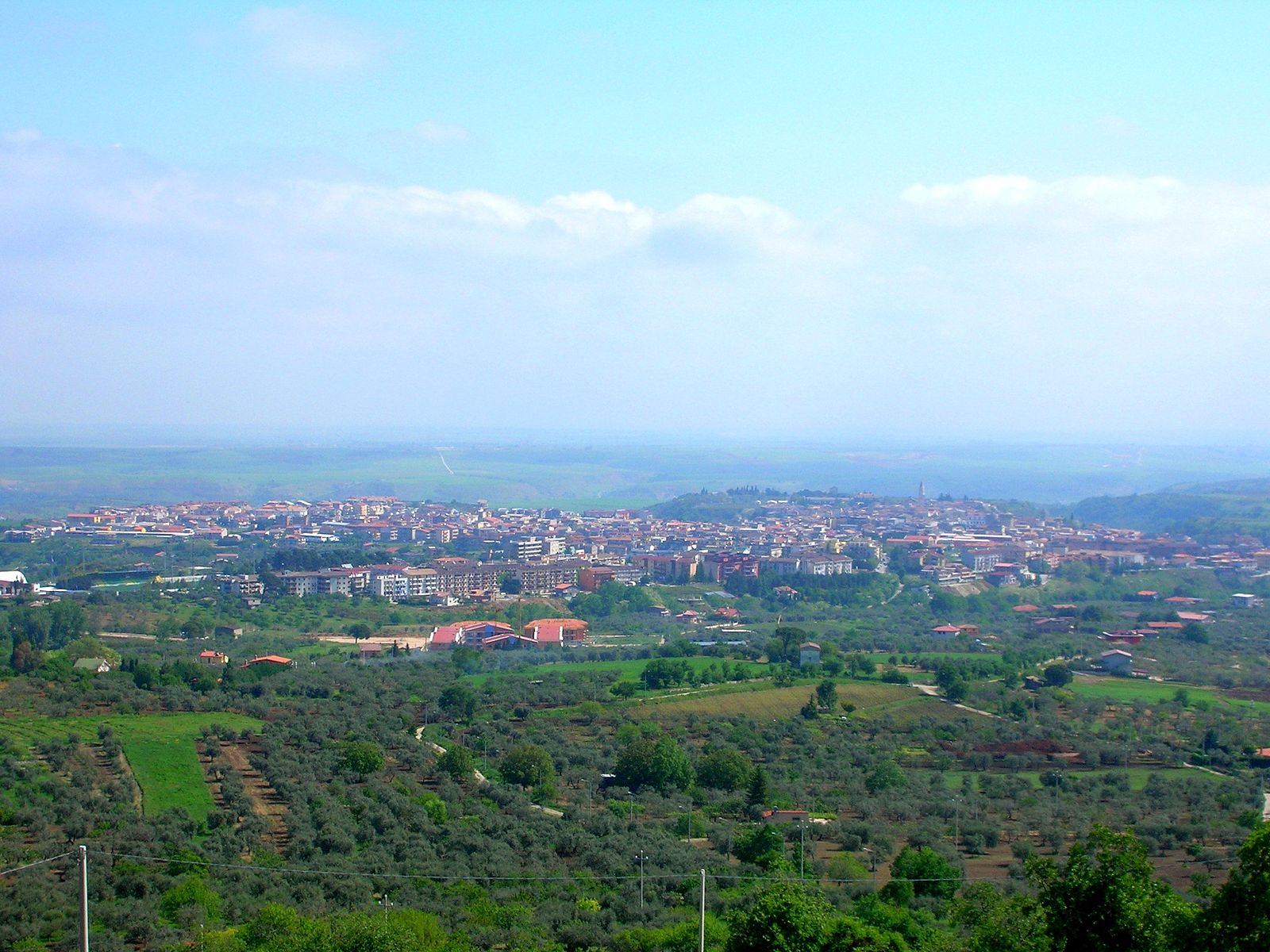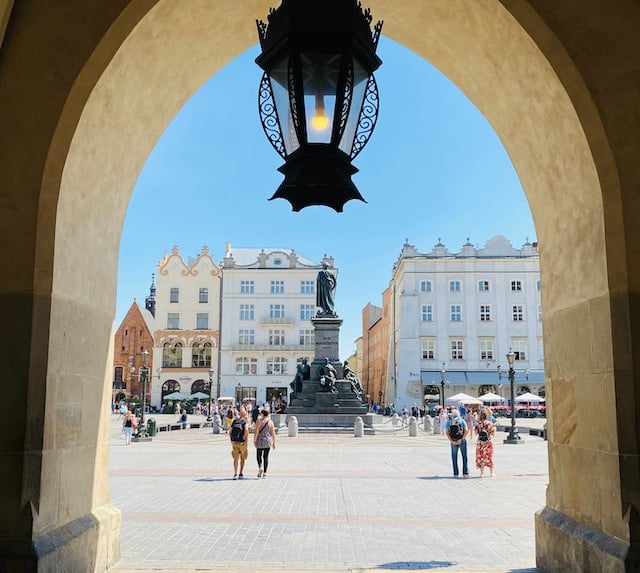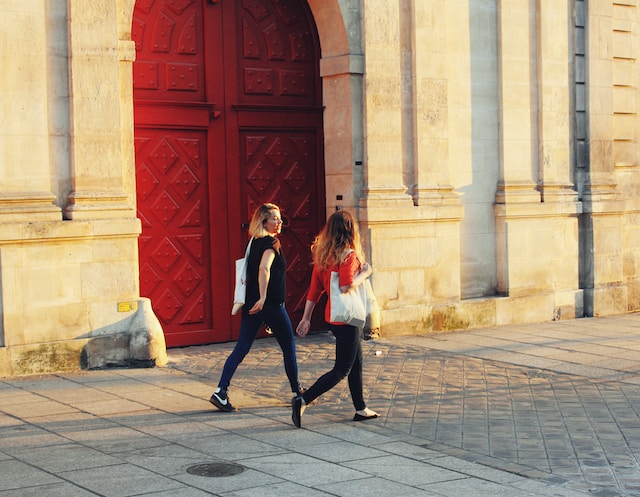The Alliance Israélite Universelle (Hebrew: כל ישראל חברים) is a Paris-based international Jewish organization founded in 1860 by the French statesman Adolphe Crémieux to safeguard the human rights of Jews around the world. The organization promotes the ideals of Jewish self-defense and self-sufficiency through education and professional development.
The Alliance Israélite Universelle oversaw schools throughout the Middle East and North Africa. Here are some of them.
Archives: Directory listings
Directory listings
Frankfurt Historic Tour
Gilded stucco ornaments, noble coffered ceilings and a separate smoking room: the tour of our new permanent exhibition will end in the historic rooms of the Rothschild Palais. In the last episode of our #Future Music video series, the curator of the Rothschild department, Sonja Thäder, gives you a look into the baroque rooms and reveals what the so-called “Gout Rothschild” is all about.
Amsterdam Jewish Quarter
The Jewish Cultural Quarter consists of the Jewish Museum, Jewish Museum junior, the Portuguese Synagogue, the Hollandsche Schouwburg, and the National Holocaust Museum.
The Jewish Cultural Quarter invites its visitors to acquaint themselves with Jewish culture and history, to deepen their existing knowledge, and to think actively about the subject of cultural diversity. The basic principle is to make the Jewish story accessible in a positive way to as much of the general public as possible.
The Mansion Blocks in Szeged
The palace is Szeged’s Jewish architectural heritage
The House of Eternity
Among the professions on the tombstones, you will “find” rabbis and Talmudic scholars, newspaper owners, writers, editors, altruistic supporters of Hungarian arts and even captains of Hungarian industry graced with the title of Baron. The cemetery is a memorial of a peaceful, prosperous era for Hungarian Jews.
Mexico City Virtual Tour
Through this video you will visit the amazing historic Synagogue Justo Sierra located in the old Jewish Quarter of Mexico, and learn about its history and its beautiful places.
Let’s continue traveling together by this virtual tours!
We invite you to travel, meet and learn from your home-sofa.
Anne Frank’s House in Amsterdam
In 1942, Anne Frank’s family went into hiding for two years. In her diary, Anne looked back wistfully at her time on “the Merry”, as she called the square. The Anne Frank House is a writer’s house and biographical museum dedicated to Jewish wartime diarist Anne Frank. The building is located on a canal called the Prinsengracht, close to the Westerkerk, in central Amsterdam in the Netherlands.
The Town of Venosa
Venosa is considered one of the most beautiful burghs in Italy, and it is set on the hills in Basilicata, and it preserves splendid monuments of its past, so that it feels like being surrounded by a medieval atmosphere. Before this epoch, Venosa was already the important city from which comes the Latin poet Horace, and it has a long story to tell about the times in which was a roman colony, and places to discover.
Virtual Krakow
The first recorded history of Jews in Kraków, Poland dates back to the 13th century. Jews began to own land and homes in their quarter and in neighboring quarters of the city in 1312. The city was an important scholarly center during the Golden Age of Polish Jewry and was home to prominent rabbis such as Rabbi Joel Sirkes (1561-1640), known as the “Bach” after his halachic work (published 1631-1640); and Rabbi Moses Isserles (1530-1572/82), author of the Mapah, glosses on the Shulchan Aruch of Rabbi Joseph Caro. Even after the events of 1648-1649 the city remained a Jewish center until the Holocaust. Rabbis included Rabbi Samuel Ehrenfeld (1835-1883), known as the Chassan Sofer. During the Nazi occupation, most of the 68,000 Jews of Krakow were expelled from the city (1940), 15,000 remained in the Kraków Ghetto until 1943 when they were deported to Belzec extermination camp, where they were murdered.
A Walk in the Marais
A visit to the Marais, the historic Jewish quarter of Paris, now a fashionable neighborhood of boutiques and cafes. With Samuel Ghiles-Meilhac, historian, Jewish scholar and resident of the Marais. In this colorful neighborhood of narrow streets and grand buildings, we find remnants of a Jewish culture that once characterized the district.

